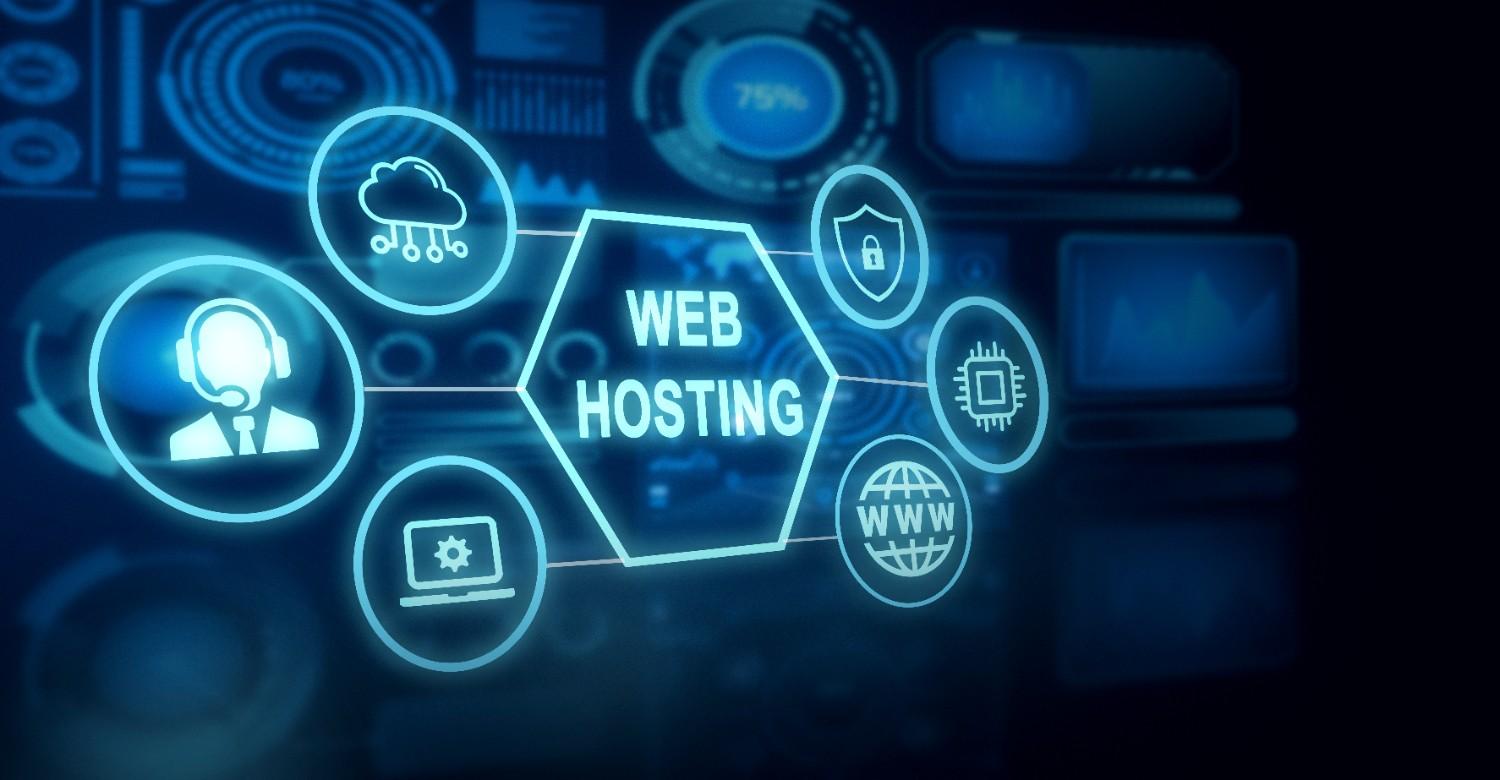
Introduction
In 2025, cybersecurity threats targeting websites and hosting infrastructure continue to evolve rapidly. From AI-powered attacks to increasingly sophisticated zero-day exploits, site owners can no longer afford to be reactive. A robust web hosting security checklist helps you stay ahead, protect your data, maintain uptime, and preserve trust with your users.
In this guide, you’ll get a step-by-step checklist with actionable tips, best practices, and tools — everything a site owner must know to secure their hosting environment in 2025.
Web Hosting Security Checklist 2025:
1. Understand the Threat Landscape in 2025
Before doing anything else, it helps to know what you're defending against. Some of the key risks to watch for:
- AI-enabled attacks, where bots adapt and mutate attacks in real time
- Zero-day vulnerabilitiesin frameworks, CMS, or plugins
- Supply chain attacks(e.g. compromised libraries)
- DDoS amplification attackstargeting infrastructure
- APIs and microservices as weak points
- Credential stuffing & brute forceon login endpoints
In short: security is no longer just about the server — the full stack, including APIs, plugins, user access, and third-party integrations, must be defended.
2. Choose a Secure Hosting Provider
Even the best configurations are moot if your host is insecure. Before you commit, check:
- Infrastructure security: data centre certifications (ISO 27001, SOC 2, etc.)
- Built-in protections: DDoS mitigation, Web Application Firewall (WAF), malware scanning
- SSL / TLS supportand auto-renewal of certificates
- Isolation(in shared hosting, account isolation to prevent cross-site issues)
- Backup & redundancypolicies
- Proactive monitoring and incident response
- Security SLAs & transparency: what they guarantee, how quickly they respond
As noted by Vodien’s 2025 server security guide, keeping software up to date, enabling HTTPS, and having strong access controls are baseline requirements.
3. Essential Configuration & Hardening
Once you have a solid host, you (or your technical team) need to lock down settings:
Item |
Best Practice |
Why It Matters |
|
Force HTTPS / SSL sitewide |
Redirect all HTTP → HTTPS; use TLS 1.3 |
Encrypts in-transit data and avoids “mixed content” vulnerabilities |
|
Disable insecure cipher suites & protocols |
Disable TLS 1.0/1.1, weak ciphers (e.g. RC4) |
Prevents downgrade attacks & vulnerabilities |
|
Hide server headers / version info |
Turn off “Server:”, “X-Powered-By” headers |
Obscures your server stack from attackers |
|
HTTP Strict Transport Security (HSTS) |
Add Strict-Transport-Security header with long max-age |
Forces browsers to always use HTTPS |
|
Secure & HttpOnly Cookies |
Use Secure, HttpOnly, and SameSite attributes |
Prevents cookie theft or misuse by scripts |
|
Least privilege file & directory permissions |
Only allow read/write where needed; disable execute if unneeded |
Reduces attack surface in case of injection or file upload |
|
Disable or restrict unused modules, services |
Remove or block unused services like FTP, old APIs |
Fewer attack vectors |
Also, keep the server OS, control panels, web server (Apache, Nginx, etc.), and all software patched and updated. Outdated software is often exploited in real-world data breaches.
Protect Against Web Application Attacks
Web applications are often the most targeted entry points for attackers, making it critical to secure them effectively. Implementing a Web Application Firewall (WAF) helps block malicious traffic, including SQL injection, cross-site scripting (XSS), and bot attacks. All user input, whether from forms or APIs, should be properly sanitized and validated to prevent injection vulnerabilities. Using prepared statements and parameterized queries in your database adds an additional layer of protection. Security headers such as Content Security Policy (CSP) and X-Frame-Options help prevent script injection and clickjacking attacks. Limiting request rates on APIs and login endpoints, combined with CAPTCHA or bot detection, reduces the risk of automated attacks. Regular vulnerability scans and malware detection ensure that potential threats are caught before they escalate, maintaining a secure hosting environment.
Access, Authentication & User Controls
Compromised credentials remain one of the leading causes of web hosting breaches. Implementing multi-factor authentication (MFA) for all admin and privileged accounts significantly reduces the risk of unauthorized access. For server-level access, SSH key authentication is more secure than traditional passwords. Role-based access control (RBAC) ensures that each user or service has only the permissions necessary to perform their tasks, following the principle of least privilege. Regularly auditing login attempts, sessions, and user activities provides visibility into potential anomalies. Lockout policies for repeated failed login attempts, strong password requirements, and changing default admin URLs further protect your site from credential-stuffing and brute-force attacks, ensuring tight access control across your hosting environment.
Backup, Monitoring & Recovery
Even with the strongest security measures, unforeseen incidents can occur, making robust backup and monitoring systems essential. Automated regular backups of both files and databases, stored securely offsite, ensure that data can be restored quickly in the event of a breach or failure. Testing backup restoration procedures is equally important to verify their reliability. Implementing intrusion detection and prevention systems (IDS/IPS) and file integrity monitoring helps detect unauthorized changes and suspicious activity promptly. Real-time alerts allow site owners to respond immediately to potential threats. Additionally, a well-documented disaster recovery plan, including clear response protocols and recovery workflows, ensures that downtime is minimized and business continuity is maintained even in the face of cyber incidents.
Conclusion
In 2025, protecting your web hosting environment demands a layered, proactive approach. While no single measure is foolproof, applying this comprehensive security checklist helps you cover the critical bases — from infrastructure and configuration to application, monitoring, and recovery.
When choosing Server & Hosting Services, partnering with a trusted provider like J2B Tech ensures that your website benefits from secure, reliable, and high-performance hosting. Start by evaluating your hosting environment, then methodically go through each section of this checklist. Over time, security becomes part of your workflow — not an afterthought — keeping your website and data safe in today’s evolving cyber landscape.





